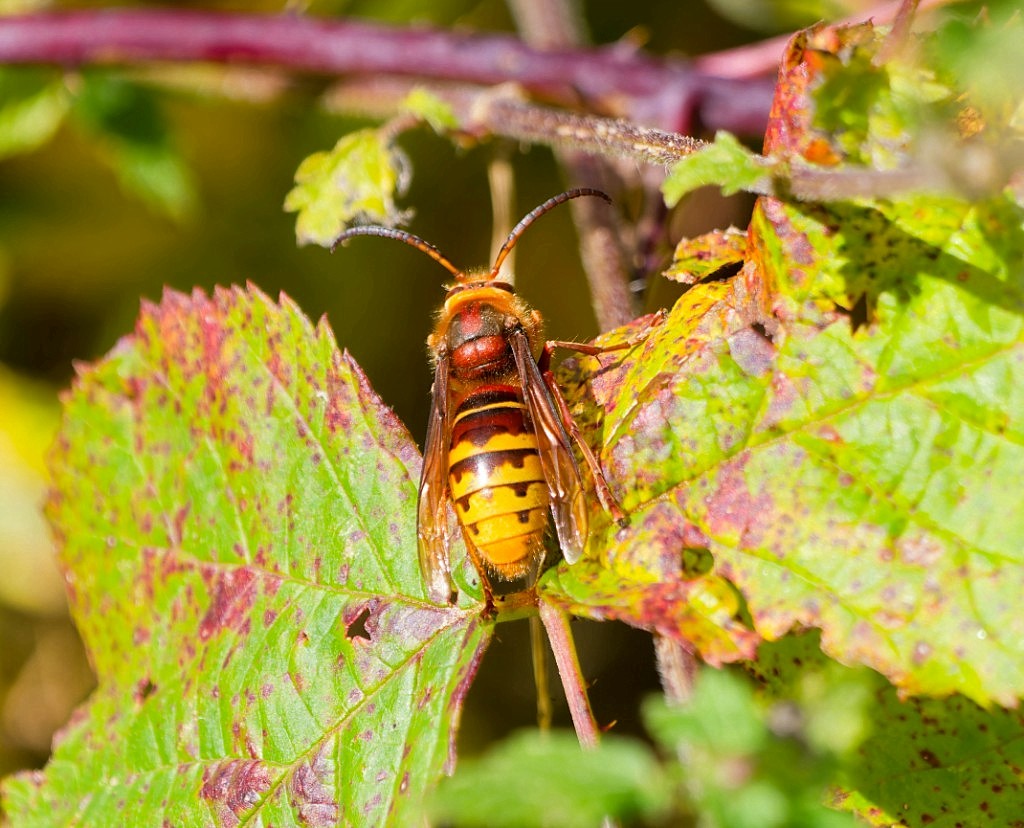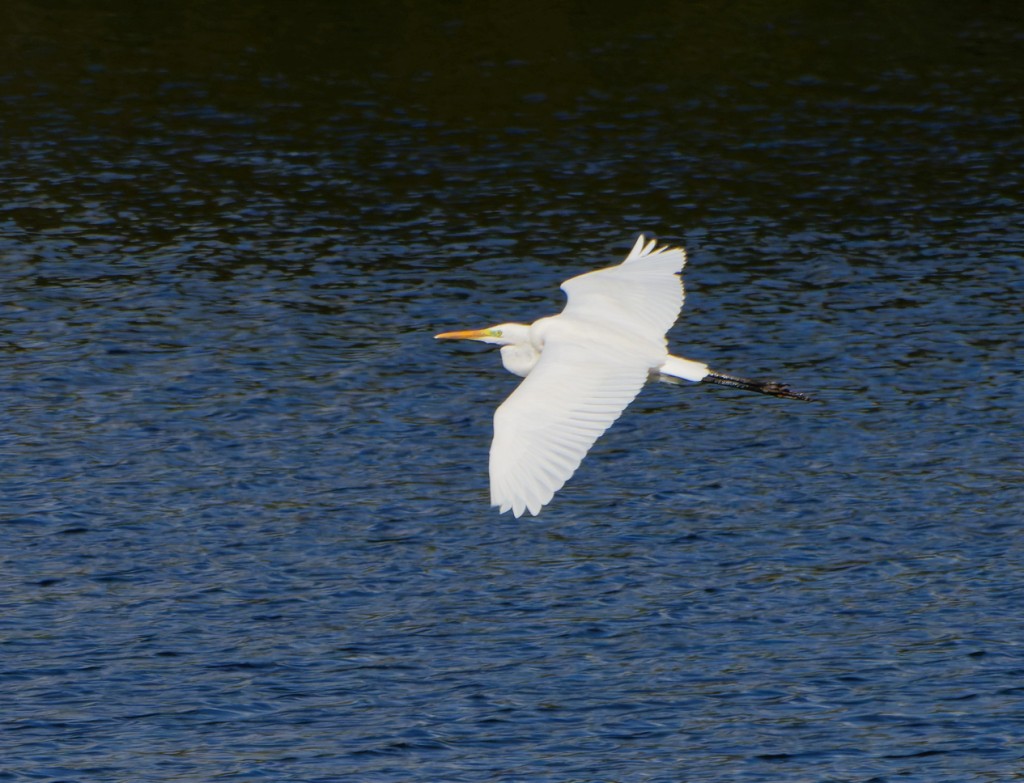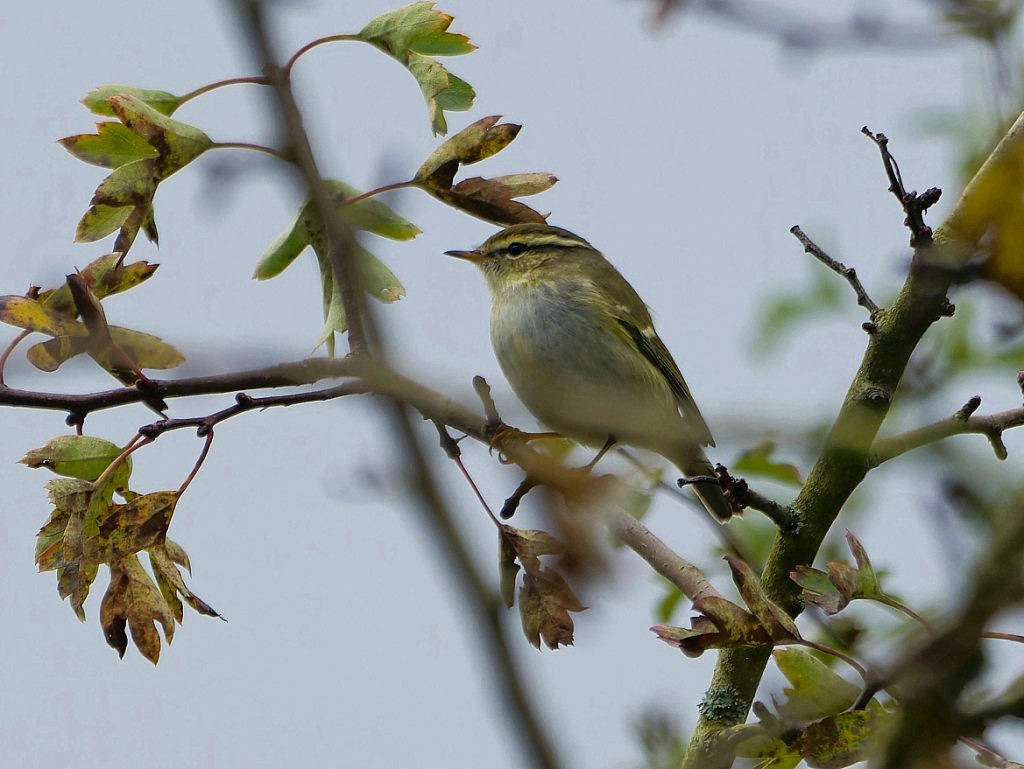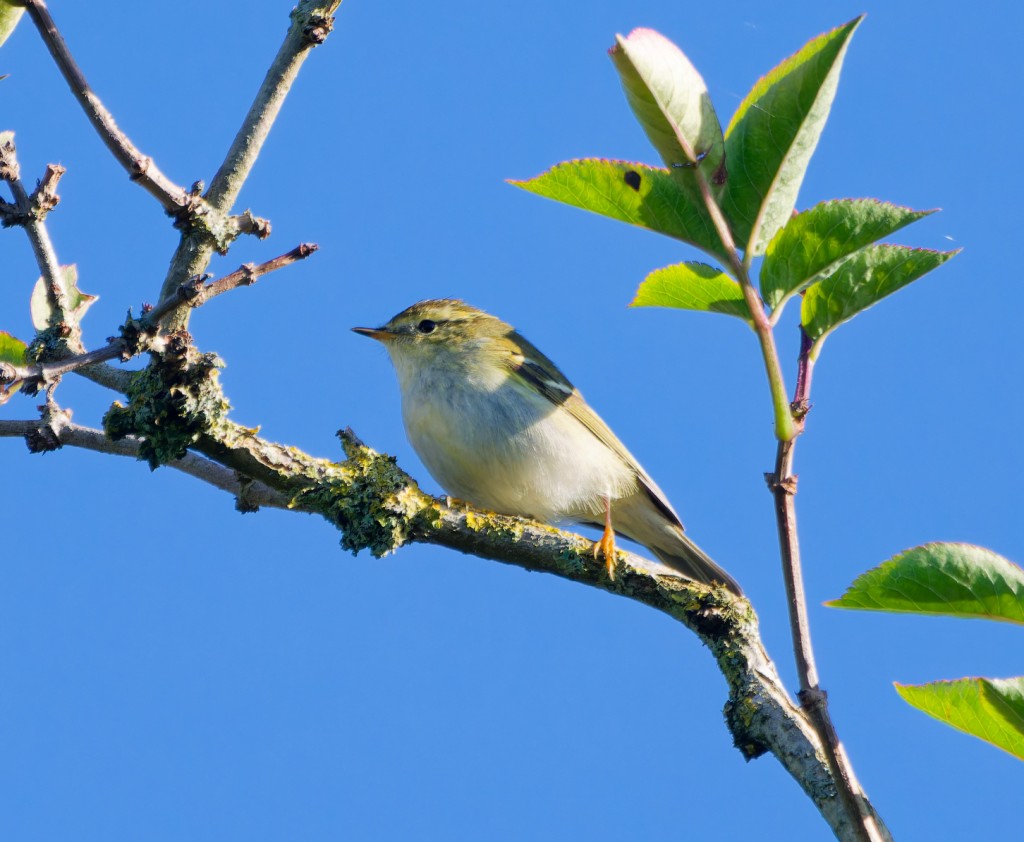Woolston Eyes Monthly Sightings
2024-10-27
It’s been an interesting week, starting with a Firecrest ringed on No.1 bed on Monday, a Hawfinch dropping in at Rixton Paddocks on the Tuesday, followed by some impressive feeding movements of Pink-footed Geese. Our highest count of the latter was of 7,500, on Thursday, moving to feed on stubble fields to the south of the Ship Canal. Finches were also moving on that day, with 2 Bramblings, 25 Siskins and 14 Redpolls over No.4 bed with additional sightings of a single juvenile drake Garganey and 2 Stonechats. With conditions looking good on Saturday we made a dawn start on No.1 bed for a visible migration session. Totals included: 1 Hawfinch, 4 Bramblings, 191 Chaffinches, 31 Siskins, 13 Redpolls, 8 Fieldfares, 603 Redwings, 700 Starlings, 44 Skylarks, 4,600 Pink-footed Geese and 4,580 Woodpigeons. A late morning mooch around the bed then turned up 2 Yellow-browed Warblers, which may have been new arrivals, given that none had been seen throughout the week. Finally, as the day warmed up a small pool held 17 Common Darters, with a Peacock and 3 Red Admirals in the surrounding flower-rich grassland. Photo of a European Hornet Cheers David Bowman (with Dan Owen
Submitted by: David Bowman
2024-10-20
The sun shone on us at Woolston Eyes, yesterday, as we completed the monthly Wetland Birds Survey (WeBS). We finished up with 2,373 wetland birds of 30 species, with highlights of: 2 Whooper Swans, 1 Garganey, 1 Great Egret, 5 Kingfishers, 1 Dunlin, 3 Green Sandpipers, 7 Snipe, 1 Shelduck, 1 Wigeon7 Pochard, 247 Teal, 8 Pink-footed Geese, 176 Shoveler, 131 Gadwall, 174 Mallard, 298 Tufted Duck, 49 Little Grebes, 10 Great Crested Grebes, 15 Water Rails, 49 Mute Swans, 69 Cormorants and 16 Grey Herons. Photo of the Great Egret Cheers David Bowman (with Dan Owen, Brian Baird et al)
Submitted by: David Bowman
2024-10-12
There is always a feeling of anticipation when we haul ourselves up to an elevated position on No.1 bed at dawn to undertake a morning’s visible migration watching. Anything can turn up and regularly does. The weather was good, overcast early on before becoming sunny and warm. The main movements involved 1,300 Pink-footed Geese heading south-east, a local movement of a similar number of Woodpigeons, 90 Meadow Pipits, 68 Redwings, 1 Goosander, 3 Great Egrets and 2 Little Egrets By 9.00 am migration had slowed and after doing a yomp around for Snipe and Jack Snipe, turning up one of each plus a Green Sandpiper, we spent the rest of the morning searching for Yellow-browed Warblers, diligently scouring every feeding flock of tits between No.1 bed and Bollin Point. The effort paid off, as we found five of these beautiful little, wind-drifted, Siberian-breeding warblers. When added to the one which was ringed on No.1 bed yesterday, plus the six present at the western end of the Reserve, our total was brought to an exceptional 12. The scrutiny of feeding flocks also enabled us to obtain counts of some other species, including: 55 Goldcrests, 12 Chiffchaffs, 2 Blackcaps, 2 Yellowhammers, 1 Stonechat, 28 Siskins, 2 Lesser Redpolls, 3 Nuthatches and 2 Treecreepers.
Cheers David Bowman (with Dan Owen and Helen Wynn)
Submitted by: David Bowman
2024-10-03
With sustained easterly winds bringing a stream of scarce and rare migrants to the east coast and the Northern Isles, we were optimistic about something unusual turning up at Woolston Eyes this morning. Clear blue skies made for perfect conditions for observing visible migration and the morning delivered a few nice surprises. Early on, on No.3 bed, five Great White Egrets and a Little Egret came out of a roost to feed around the bed, along with two Marsh Harriers which proceeded to flush a few hundred wildfowl. Over on No.4 bed, sharp-eared Dan Owen located the first of three Yellow-browed Warblers, one of which gave us really close views near the Loop Hide. These delicate little warblers breed in the far Siberian taiga and winter in south-east Asia but small numbers are regularly pushed off course by easterly winds in autumn, to make landfall on the east coast of the UK. A few of these then straggle over to the west coast, though finding three together is exceptional for us. Almost as unexpected was watching nine Great White Egrets arriving from the west and flying past past the viewing platform, followed by three more, bringing the morning’s total to an astonishing 17. This might be the shape of things to come, as these once-rare egrets are now establishing a growing UK breeding population. Other counts included: 1 Garganey, 1 Green Sandpiper, 180 Redwings, 370 Pink-footed Geese, 1 Pintail, 2 Wigeon, 20 Chiffchaffs, 13 Siskins, 59 Meadow Pipits, 2 Redpolls, 34 Skylarks and 24 Pied Wagtails. Photo of one of the Yellow-browed Warblers Cheers David Bowman (with Dan Owen)
Submitted by: David Bowman




